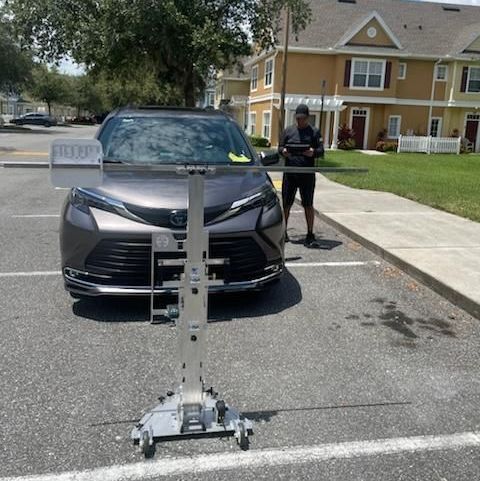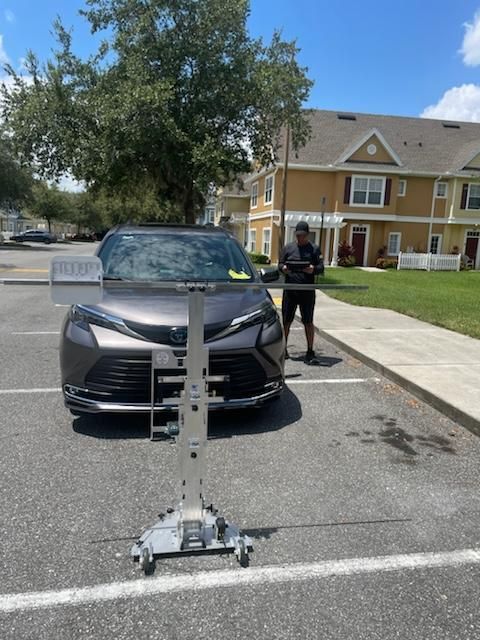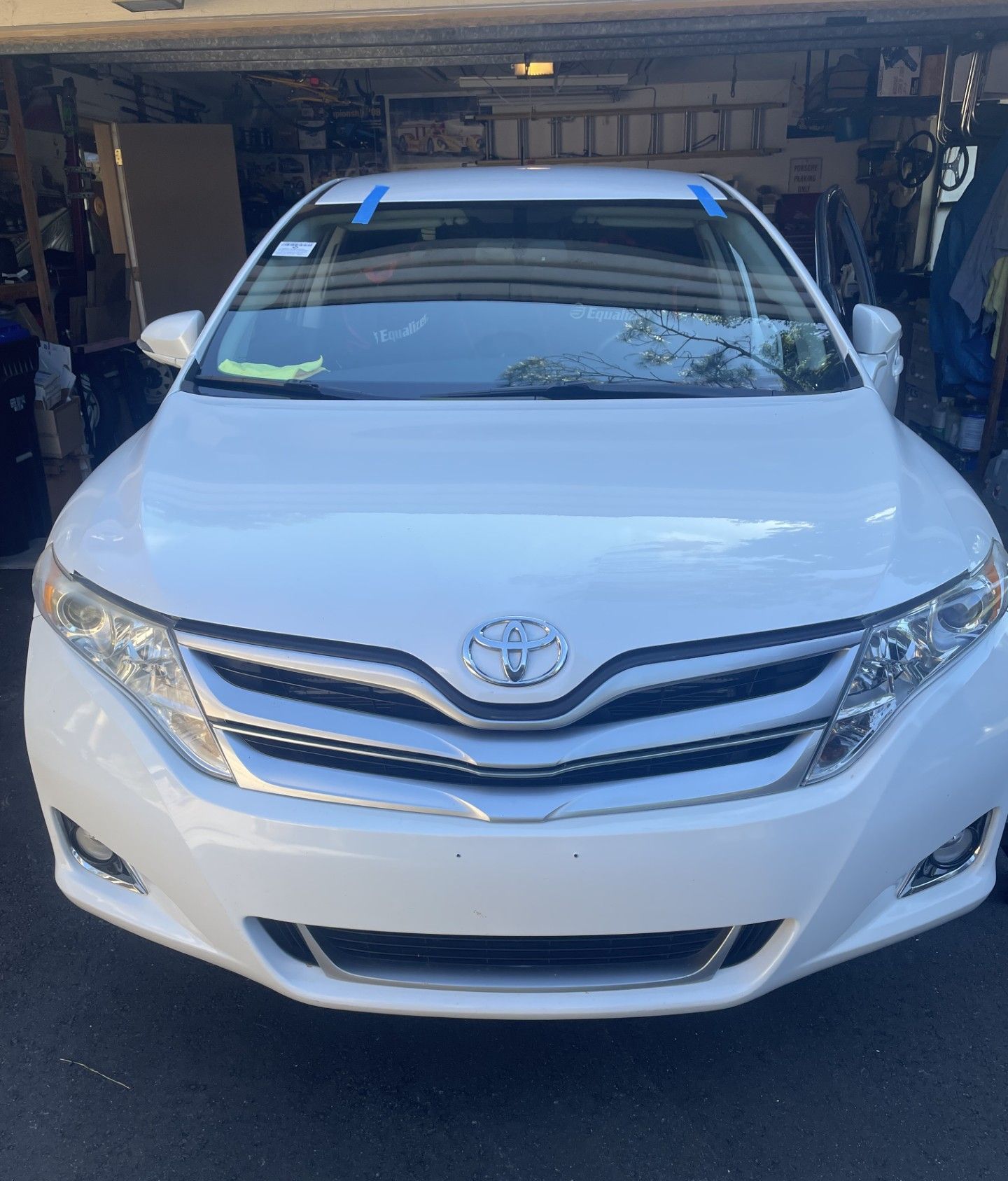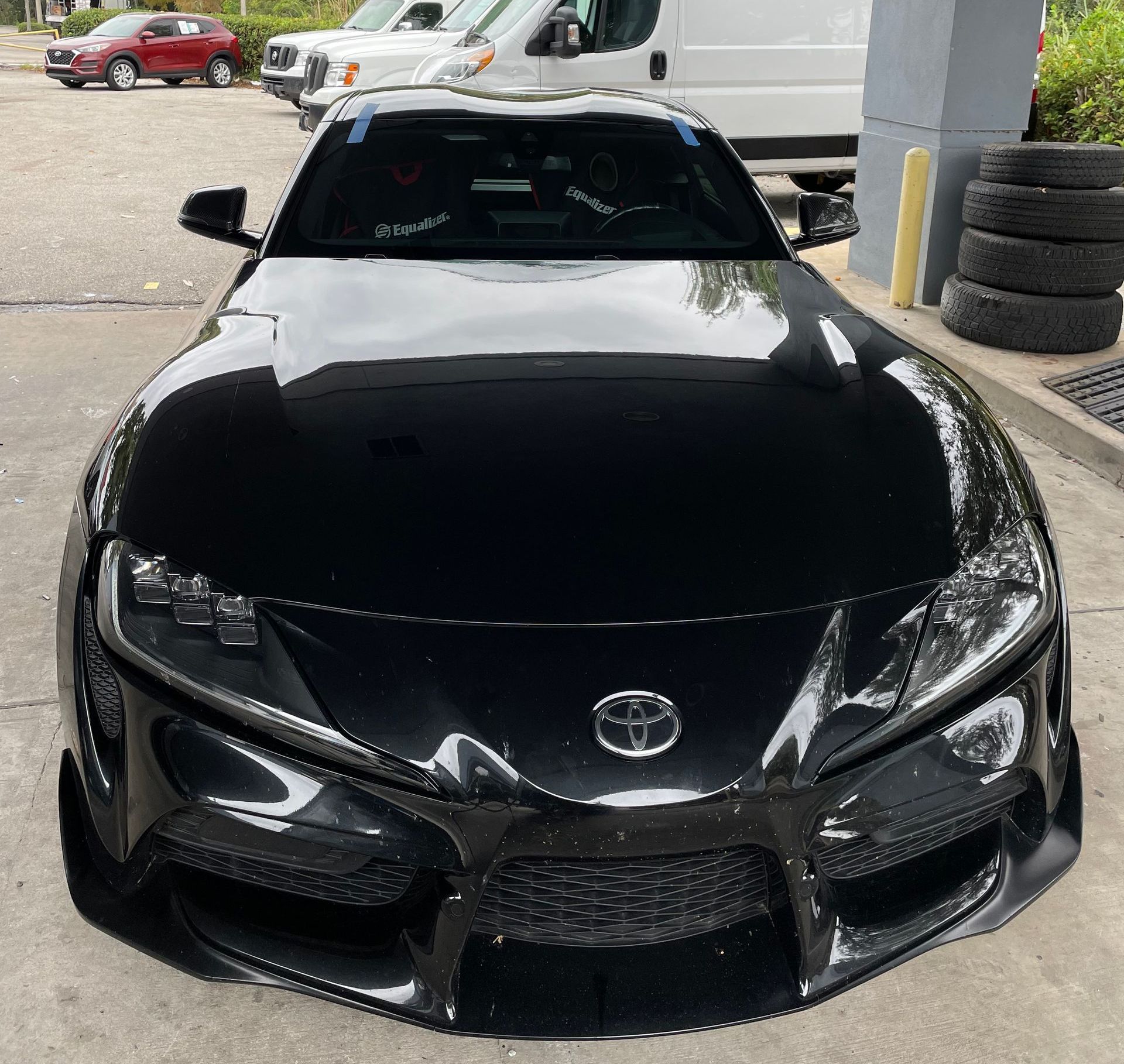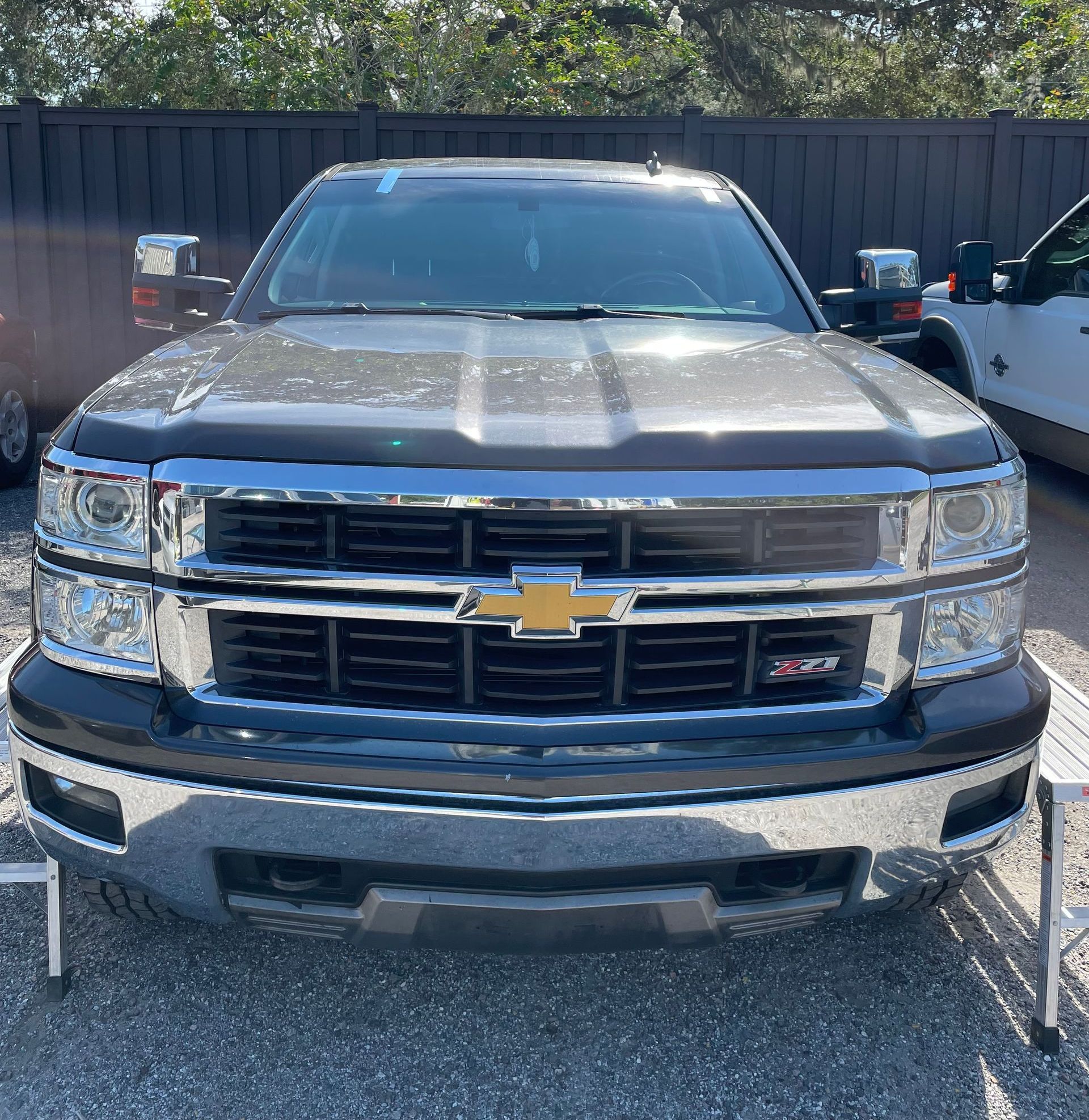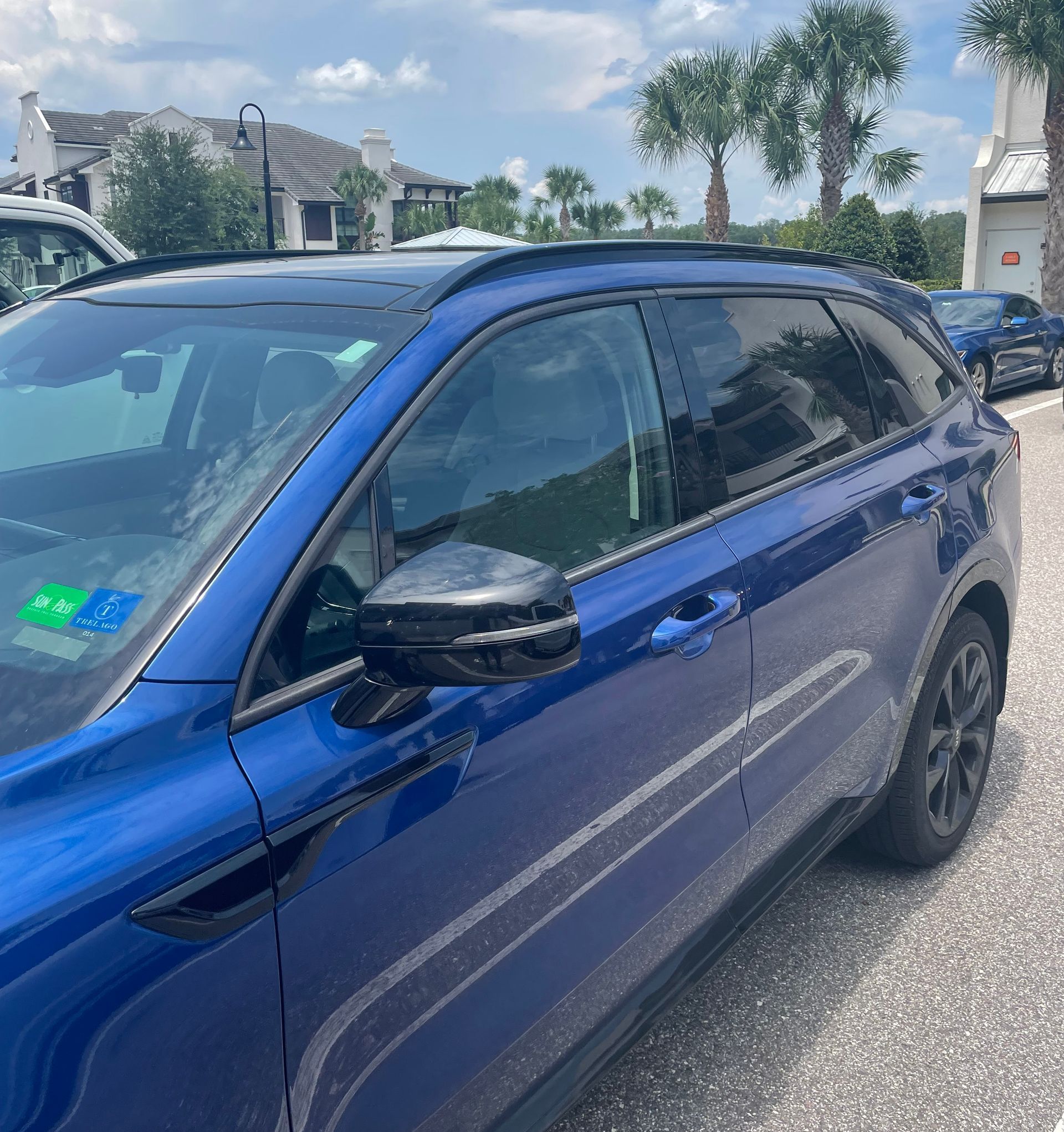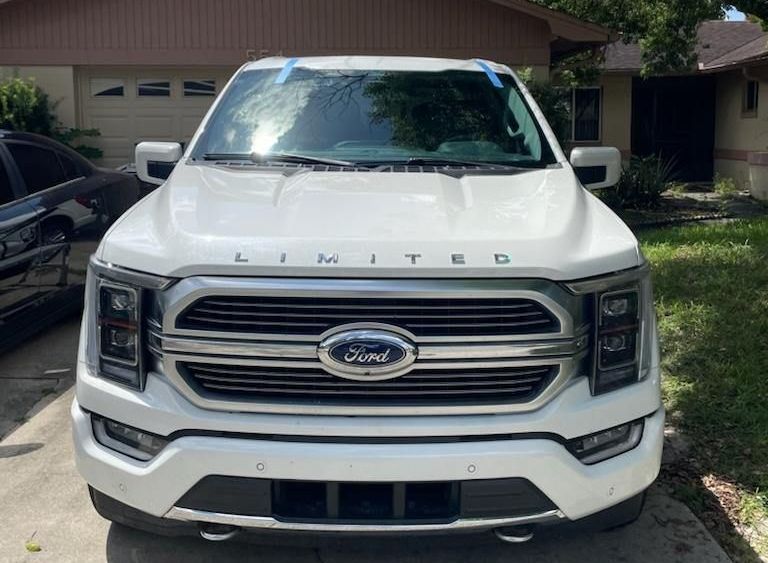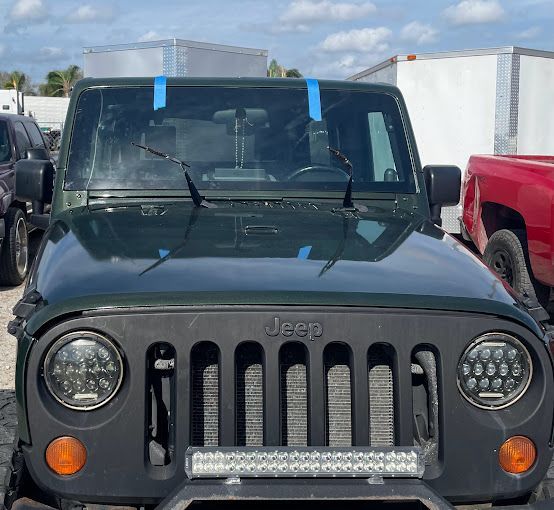Top Features of ADAS Windshield Calibration
ADAS Windshield Calibration Features: What You Need to Know
Advanced Driver Assistance Systems (ADAS) have revolutionized modern driving by enhancing safety, improving driving comfort, and paving the way toward autonomous vehicles. Central to the proper functioning of ADAS is the precise calibration of sensors and cameras mounted on or around the vehicle’s windshield.
Windshield calibration ensures that these systems perform accurately, maintaining safety standards and preventing costly errors. Here, we explore the top features of ADAS windshield calibration that make it indispensable for vehicle maintenance and safety.
1. Laser and Optical Alignment Precision
One of the most critical features of ADAS windshield calibration is its reliance on advanced laser and optical technologies. Modern calibration systems utilize laser targets and precision cameras to align sensors and cameras accurately. This high level of precision ensures that systems such as adaptive cruise control, lane departure warning, automatic emergency braking, and collision avoidance function correctly. Proper alignment minimizes calibration errors that could otherwise degrade system performance, especially after windshield replacement or repair.
2. Advanced Diagnostic Capabilities
Modern calibration systems come equipped with sophisticated diagnostic tools that automatically detect misalignments or faults within ADAS components. These diagnostic features can identify calibration needs immediately after windshield replacement, minor impacts, or any work involving the windshield area. By automating the diagnostic process, technicians can quickly determine whether calibration is necessary, reducing vehicle downtime and ensuring the systems operate as intended.
3. Integration with OEM-Specific Procedures
Every vehicle manufacturer (OEM) designs their ADAS with unique specifications, sensor placements, and calibration requirements. Top calibration systems incorporate OEM-specific procedures and databases, providing technicians with tailored calibration protocols for different makes and models. This feature ensures that calibration is accurate and adheres to manufacturer guidelines, ultimately preserving vehicle warranties and safety standards.
4. 3D Calibration and Dynamic Targeting
Flexibility in calibration is crucial, especially given the variety of vehicle architectures and sensor placements. Many modern systems offer 3D calibration features, enabling dynamic targeting that adjusts to different vehicle shapes and sensor orientations. This technology allows technicians to perform both static and dynamic calibration procedures, ensuring sensors are correctly aligned in real-world environments. Dynamic targeting can simulate driving conditions post-calibration, confirming system accuracy under real-world scenarios.
5. User-Friendly Interface and Workflow Automation
Given the complexity of ADAS calibration, user-friendly interfaces streamline the process significantly. Modern calibration systems feature intuitive touchscreens, step-by-step instructions, and automated workflows guiding technicians through each phase of calibration. Automation reduces the chances of human error, shortens calibration times, and ensures consistency across technicians and service centers. Some systems also include pre-set calibration templates based on vehicle make, model, and repair type.
6. Comprehensive Reporting and Documentation
Regulatory compliance and quality assurance demand detailed documentation of calibration procedures. Top ADAS windshield calibration tools automatically generate comprehensive reports, including calibration data, system test results, and images of calibrated setups. These reports are vital for warranty claims, legal requirements, and customer communication, providing transparency and proof of proper calibration.
7. Compatibility with Repair and Replacement Procedures
Windshield calibration systems are designed to integrate seamlessly with repair workflows, particularly in collision repair shops. They accommodate various repair scenarios, such as windshield replacement, sensor relocation, or bodywork that may affect sensor alignment. Compatibility features enable quick transitions from physical repairs to calibration, minimizing vehicle downtime and ensuring safety compliance.
8. Remote and Software Update Capabilities
Keeping calibration software up to date with the latest OEM specifications and vehicle models is crucial. Many top systems feature remote update capabilities, ensuring calibration procedures remain current. Additionally, cloud connectivity allows for remote diagnostics, software updates, and technical support, ultimately enhancing calibration accuracy and technician efficiency.
9. Safety and Quality Assurance Features
Safety is at the forefront of ADAS calibration. Features like real-time system testing, validation checks, and fail-safes ensure the calibration is effective before the vehicle leaves the service bay. These features help prevent miscalibrations that could compromise vehicle safety, ensuring drivers and passengers are protected.
Is Your Windshield With ADAS Technology in Need of Repair in Altamonte Springs?
If you live, work, or are passing through
Lake Mary,
Winter Park, or
Altamonte Springs, FL, and your windshield has damage,
contact us at Stat Auto Glass. Our mobile auto glass technicians are ready to repair or replace your windshield, and we can calibrate all those
ADAS sensors, too. Stat Auto Glass also offers
insurance claims assistance.
